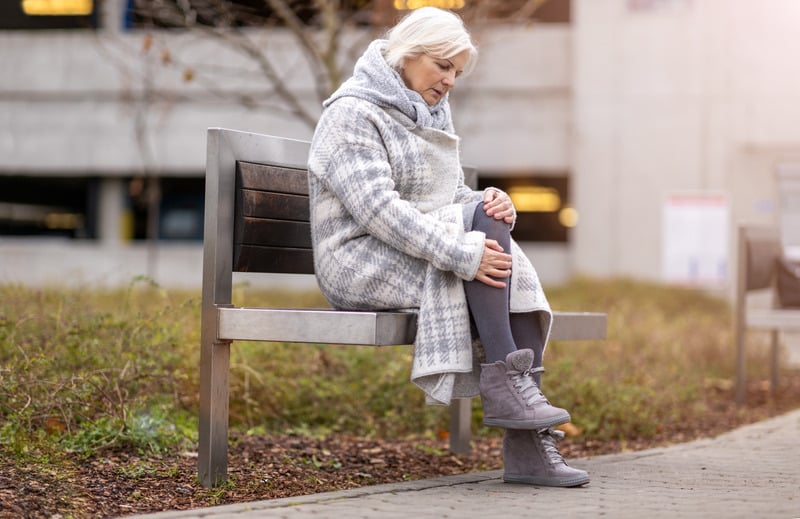Osteoarthritis of the hip (osteoarthrosis)
Osteoarthritis (osteoarthrosis) of the hip involves progressive wearing away of the smooth, white joint surface cartilage of the joint. One of the earliest signs of hip osteoarthrosis is loss of hip rotation. Other symptoms include pain with activities, stiffness of the hip, and walking with a limp. The intensity of these symptoms may vary over time and indeed some patients find their symptoms change with the weather.
Non-surgical treatment options are weight loss, limiting or avoiding certain activities, anti-inflammatory medications and joint supplements. Some osteoarthrosis hip patients may need hip replacements or hip resurfacing surgery.
Hip Impingement Syndrome
Hip impingement syndrome (femoroacetabular impingement or FAI) is caused by unwanted contact between the periphery of the ball and socket parts of the hip joint, which results in damage to the joint cartilage and a decreased range of hip movement.
This condition is usually caused by excessive bony growth at the front of the femoral bone (‘bump’) that rubs on the front edge of the socket damaging the labrum and joint cartilage, even during normal range of motion. This is thought to cause premature arthritis in the hip joint. The patient typically experiences a sharp pain during deep hip flexion/bending and twisting movements
Trochanteric bursitis
Trochanteric bursitis is a common hip problem, causing pain over the outside of the upper thigh. A bursa is a fluid filled sac that allows smooth motion between bones, tendons, ligaments and muscles. The trochanter is the prominence at the upper, outer end of the thigh-bone, or femur. The trochanter has a bursa on its outer side, and trochanteric bursitis may occur when one or more of the bursa becomme inflamed.
Patients often require injections of local anaesthetic or cortisone, and may need rehabilitation from a trained physiotherapist, to improve strength and co-ordination. Surgery is rarely required for trochaneric bursitis.
Hip fracture – broken hip
Hip fractures (broken hip) are most commonly seen in elderly people, who have weakened bones (osteoporosis). In older people, such fractures are frequently caused by a fall, which may only be a minor fall. In younger patients, a broken hip is usually caused by a high-impact injuries (eg. car accidents).
While there are different types of hip fracture, virtually all broken hips require surgery. The surgeon will either replace the broken bone or repair it with a metal plate and screws, to allow the bone to heal in the correct position. The specifics of the surgery required depends on the type of fracture.
Snapping hip syndrome
Symptoms of snapping hip syndrome involve an audible ‘popping’ of the hip, and may be either painful or painless. Individuals may experience snapping hip syndrome when walking, rising from a chair or swinging their leg around. Snapping hip syndrome is most commonly due to tendons catching on internal bony bumps, but it can have other causes.
Standard treatments include anti-inflammatory medications or cortisone injections. Hip arthroscopy or other surgical procedures may be needed in severe, long-term cases.
Hip dysplasia
Hip dysplasia refers to a condition where the hip joint has not formed adequately, from very early on from birth, which leads to progressive damage to the joint. This usually affects the socket component, where a shallow socket leads to excessive stresses in the joint, thus causing damage. If untreated, this may result in premature arthritis. During the early stages, joint realignment procedures are highly effective at addressing the condition. However, later stages often require a hip replacement.
Osteonecrosis – avascular necrosis
Osteonecrosis (avascular necrosis) occurs when an area of bone loses its normal blood supply and this lack of nourishment weakens the bone. Osteonecrosis may be caused by a disrupted blood supply, hip fracture, hip dislocation or repetitive trauma. Symptoms include pain and limited movement. Initial therapy focuses on managing the pain and protecting the bone. In the later stages of osteonecrosis, surgery may be necessary.




